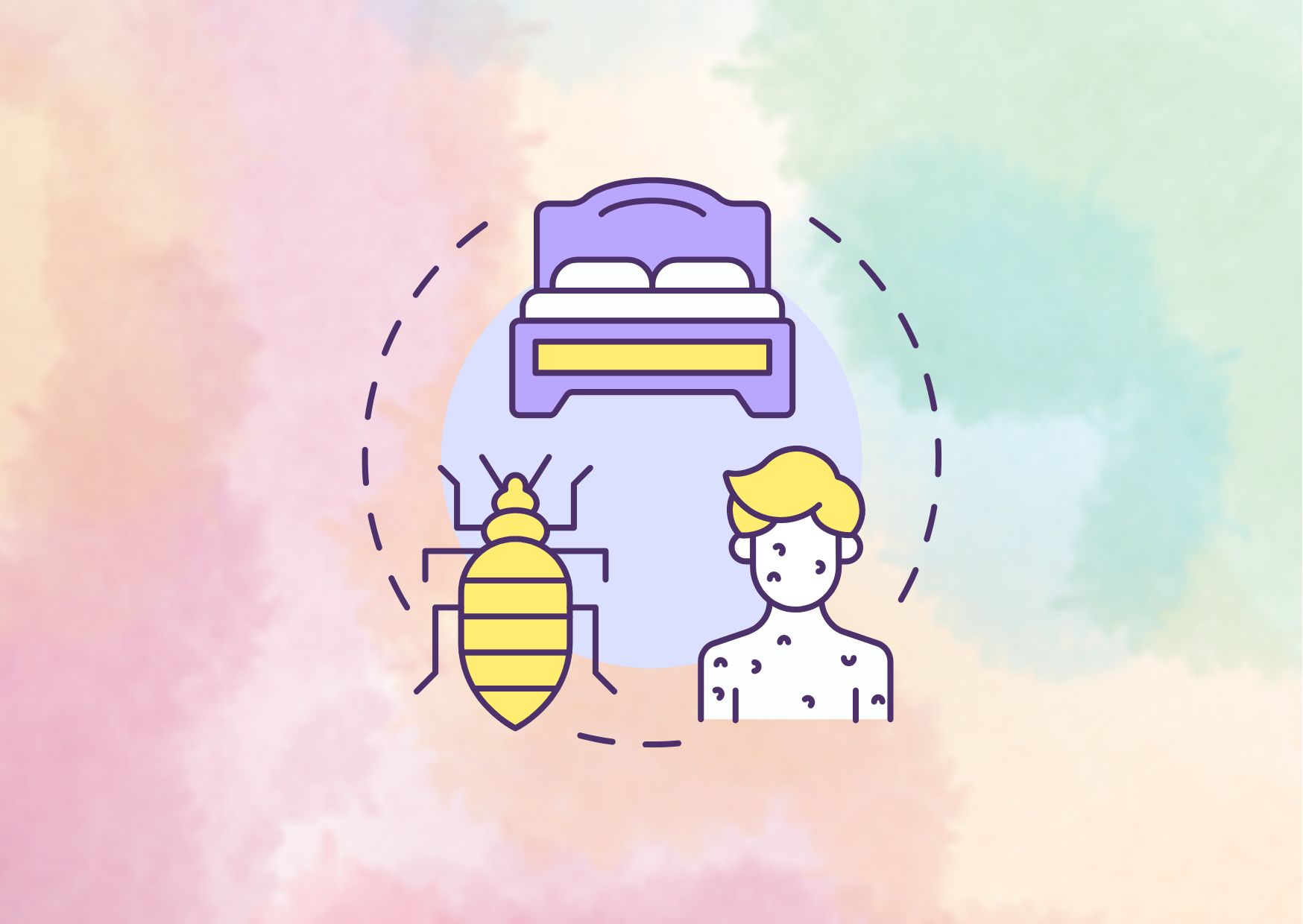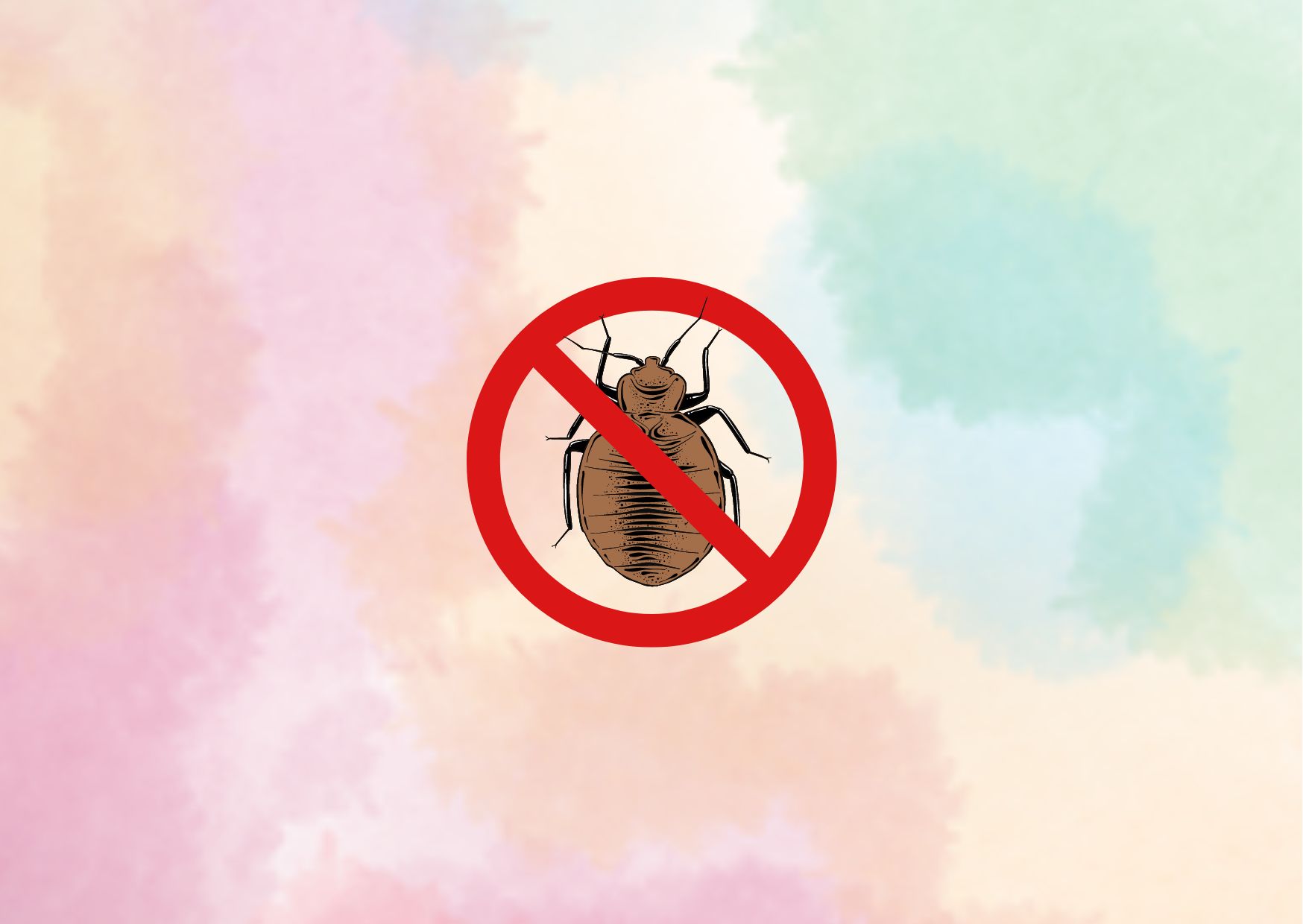Early Signs of Bed Bugs and How to Detect Them
Bed bugs can be a nightmare for any homeowner or traveler. Recognizing the early signs of bed bugs is crucial to prevent a full-blown infestation and the stress that comes with it. These tiny pests are masters of hide-and-seek, often going unnoticed until their population explodes. Knowing what to look for can save you time, money, and a lot of headaches down the road.
This article will guide you through the process of spotting bed bugs before they become a major problem. We’ll cover visual clues, physical evidence on your body, and behavioral changes that might indicate their presence. You’ll also learn where to look for bed bugs and how to check for them effectively. By the end, you’ll be equipped with the knowledge to identify these unwanted guests quickly and take action to get rid of them.
Visual Signs of Bed Bugs
Rusty or Reddish Stains
One of the early warning signs of bed bugs is the presence of rusty or reddish stains on bed sheets and other bedding. These stains are often the result of crushed bed bugs. As people roll over in their sleep, they may inadvertently squash these pests, causing blood to leak out. The stains typically appear as small splotches or smears and are most commonly found on bedsheets, pillowcases, and nightclothes.
Dark Spots on Bedding
Bed bug excrement leaves behind dark spots on bedding and other surfaces. These fecal marks are a telltale sign of an infestation. They look like small dark brown or black dots, often described as resembling ink spots from a ballpoint pen. Fresh droppings measure around 1-2 mm in diameter and have a tendency to bleed around the edges when touched.
These spots are not limited to bedding; they can be found on mattresses, headboards, box springs, walls, curtains, and other surfaces where bed bugs congregate. In large infestations, these fecal spots may appear in groups of 10 or more. They give off a faint, rusty smell that contributes to the overall unpleasant odor associated with bed bug infestations.
Pale Yellow Eggs and Eggshells
Bed bug eggs are another visual clue to watch out for. These tiny eggs are pearly white to pale yellow in color and oval-shaped, resembling miniature grains of rice. Measuring approximately 1 mm in length, they’re about the size of a pinhead and can be challenging to spot with the naked eye.
Freshly laid eggs have a shiny appearance due to a sticky, glue-like substance that female bed bugs use to secure them to surfaces. This adhesive quality makes the eggs difficult to remove, often requiring scraping to dislodge them. As the eggs age, they take on a duller white or pale yellow color. After about five days, a dark eyespot becomes visible in the developing nymph inside the egg.
Live Bed Bugs
Spotting live bed bugs is a clear indication of an infestation. Adult bed bugs are wingless, reddish-brown insects with flat, oval-shaped bodies. They measure between 4-7 mm in length, roughly the size of a flaxseed or small apple seed. After feeding, their abdomens swell with blood, almost doubling in size and taking on a more rounded appearance.
Bed bug nymphs, or recently hatched bed bugs, are translucent and much smaller, making them even more difficult to detect. As bed bugs progress through their life cycle, they shed their exoskeletons at least five times, leaving behind pale yellow skins as evidence of their presence.
When searching for live bed bugs, focus on areas where they tend to congregate, such as mattress seams, bed frame joints, headboards, and nearby furniture. Remember that bed bugs are masters of hide-and-seek, so a thorough inspection is crucial for early detection and prevention of a full-blown infestation.

